New book explores the connections between food and urban spaces
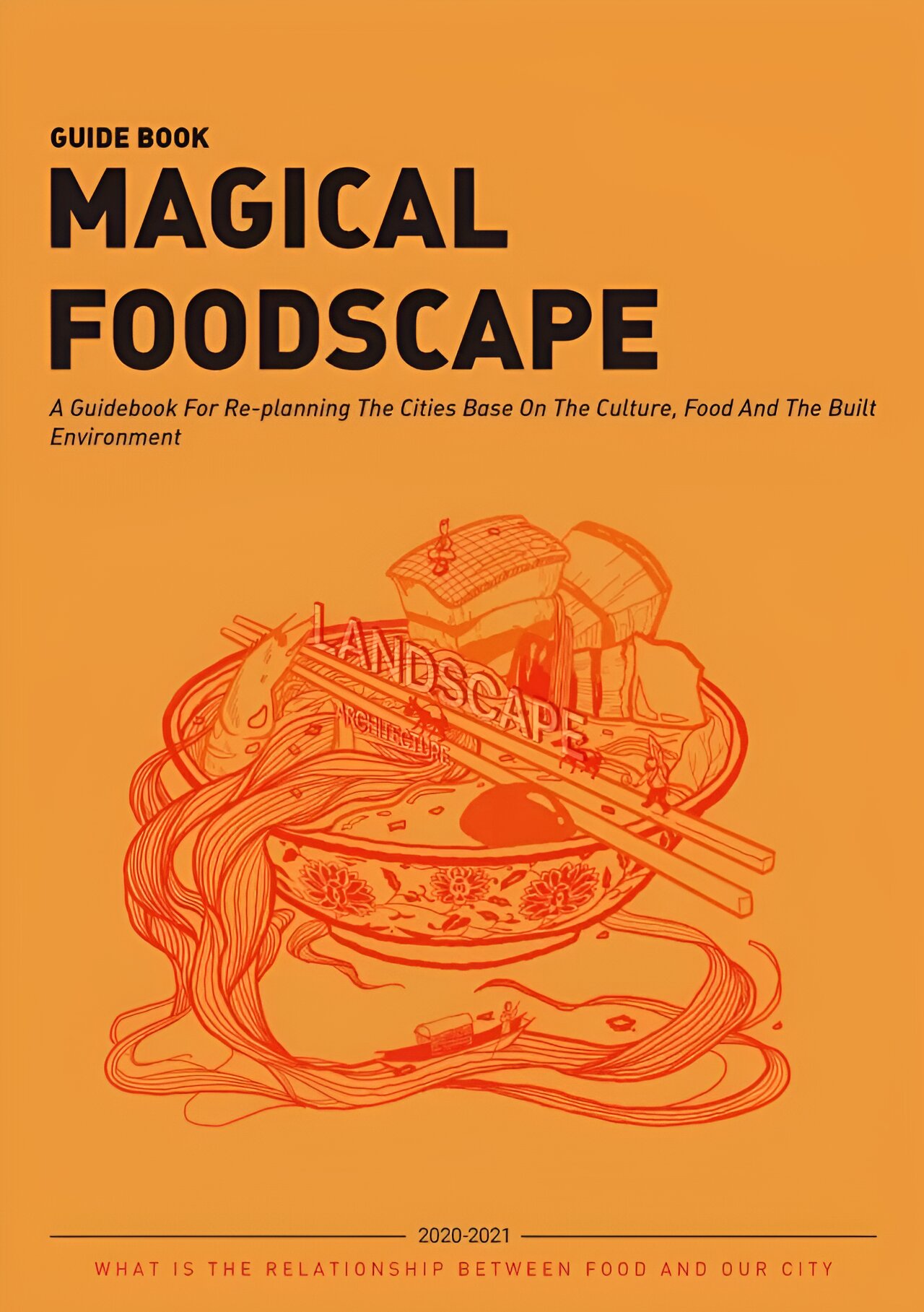

The cover of Magical Foodscape: A guide to redesigning cities around culture, food and the built environment.. Source: Shen X (2024) Magical Foodscape: A Guide to Redesigning Cities Based on Culture, Food and the Built Environment. Advanced Books, Pensoft, Sofia, 1-148. https://doi.org/10.3897/ab.e129204
Agriculture, fishing, hunting and gathering – these types of food production, which were crucial factors in determining the settlement patterns of the landscape in primitive society, were gradually replaced by manufacturing, finance and service industries over the millennia of urbanization. Today, urban planning seems to have lost its connection with food.
A new book called Magical Foodscape: A Guidebook For Re-planning The Cities Base On The Culture, Food And The Built Environment by Xiwei Shen of the University of Nevada, explores the many ways in which food and urban spaces are connected. “During the COVID-19 epidemic, the common problem facing different countries and regions – food scarcity – has inspired us to think about the place of food in urban life,” says Shen.
His research focused on four Chinese cities, Chengdu, Xi’an, Wuhan and Shanghai, each characterized by a distinct and diverse food culture. With a team of students from several cities, all working together online during the pandemic, he investigated the distribution patterns and potential of grain origins, supply chains, processing chains and retail in each of the four cities.
He believes that urban green spaces can be used to improve the efficiency of food production, consumption and processing, thereby promoting the circulation of food and culture. This solution also has the potential to alleviate food problems during social crises and improve cities’ ability to respond to social emergencies, through what Shen calls “the food landscape.”
Magical Foodscape offers diverse planning guidelines based on the distinctive culture, cuisine and environment of the four iconic cities. It explores each city’s unique culinary landscape in detail and offers tailored strategies to address local challenges and opportunities.
Available for free download and published by Pensoft, Magical Foodscape provides useful guidelines to a wide range of stakeholders. For example, it can serve as a gastronomic guide, advise restaurant owners on where best to open their establishments, or even influence the policies of local and national governments. It also includes “food maps” for each city, inviting readers to join the campaign and promote the positive development of cities by changing their daily eating habits.
Chengdu: Combining traditional cuisine with urban efficiency
In Chengdu, terraced areas along rivers can be used to optimize the production, processing and supply chain of traditional cuisine. The goal is to maximize profits while tackling significant waste problems. Three of Chengdu’s culinary highlights – hotpots, skewers and teahouses – face serious waste problems.
-
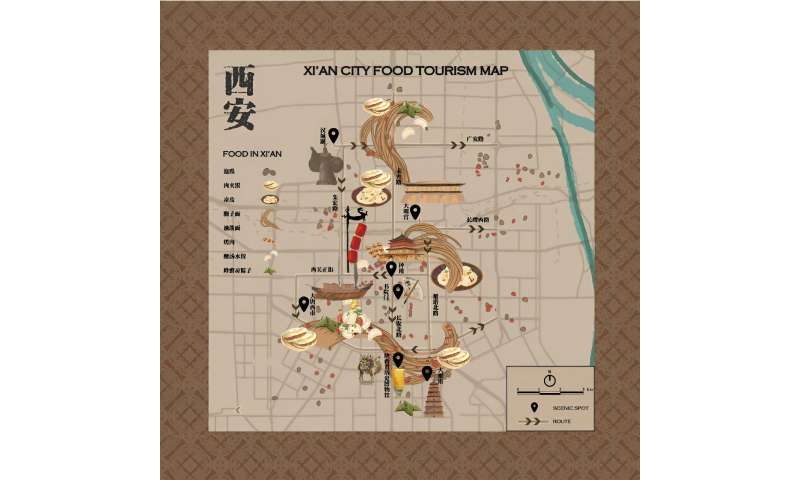
A food map of Xi’an. Source: Shen X (2024) Magical Foodscape: A Guide to Redesigning Cities Based on Culture, Food and the Built Environment. Advanced Books, Pensoft, Sofia, 1-148. Source: https://doi.org/10.3897/ab.e129204
-
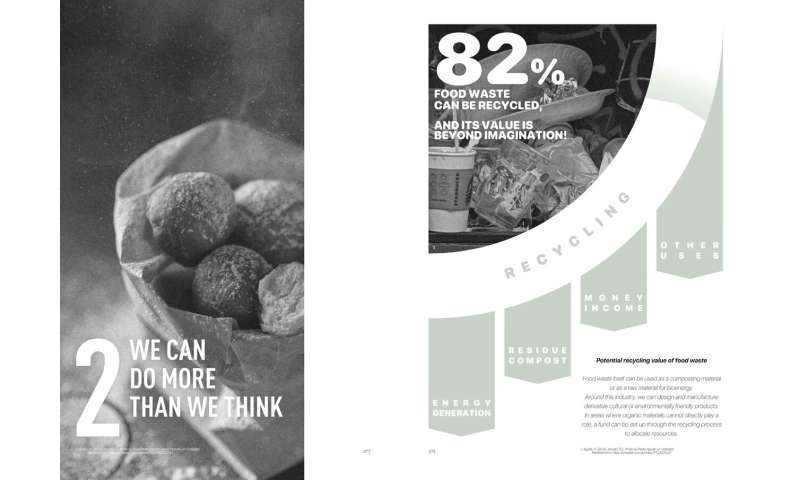
A panel on the potential recycling value of food waste. Source: Shen X (2024) Magical Foodscape: A Guide to Replanning Cities Based on Culture, Food and the Built Environment. Advanced Books, Pensoft, Sofia, 1-148. Source: https://doi.org/10.3897/ab.e129204
-
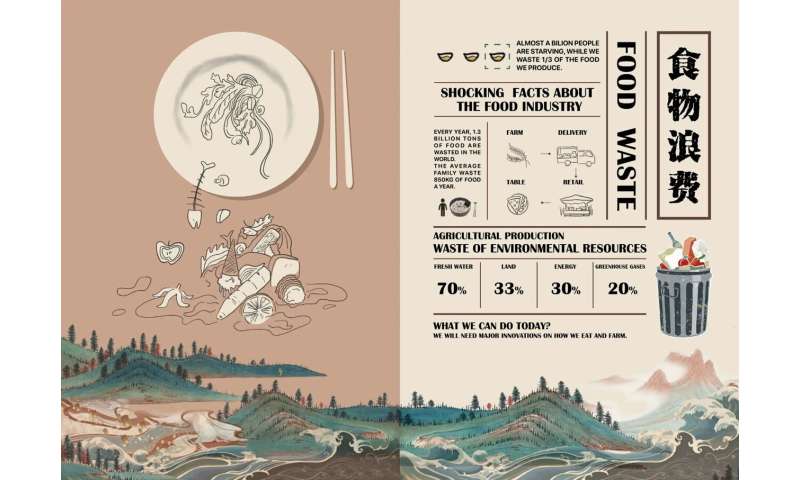
A panel on the cost of food waste. Source: Shen X (2024) Magical Foodscape: A Guide to Replanning Cities Based on Culture, Food and the Built Environment. Advanced Books, Pensoft, Sofia, 1-148. Source: https://doi.org/10.3897/ab.e129204
“As for the hot pots, we proposed the concept of an ‘urban farm’ because traditional cooking methods provide the conditions for reusing food scraps from the hot pots; and as for the tea, we proposed using tea waste as raw material for water treatment devices and fertilizers for tea fields,” says Shen.
“We found that the three types of restaurants with high passenger traffic in Chengdu are mostly distributed along the river terraces. We combined the areas along the rivers with food production and processing to enhance the development of the high-efficiency cities.”
Xi’an: Transforming food waste into cultural and ecological values
The research team’s goal was to solve the problem of food waste in Xi’an and use the resulting landscape as a medium to activate local culture.
“We propose to introduce the concept of ‘food financing’ and promote ‘new means’ to transform the ecological problems caused by food waste or food packaging into opportunities to solve existing ecological problems, create community gardens and support the management of stray animals.
“At the same time, the resulting landscape activates the hidden specialties of Xi’an city and forms a food cycle that meets the entertainment needs of tourists and residents. At the urban level, the ‘food cycle’ connects cultural tourism within the city with ecotourism around the city to promote urban development and optimize the ‘green pattern’,” says Shi.
Wuhan: Strengthening urban resilience through green spaces and food
The study on Wuhan, the city where the first cases of COVID-19 occurred in China, reflects lessons learned during the outbreak and uses geospatial data analysis to establish a scientific emergency response mechanism.
“Food production areas and green spaces serve similar functions in epidemic prevention and control,” Shi says. For example, the uniform layout of green spaces helped shorten the distances for people to travel to reduce the spread of COVID-19 disease in the early stages of the virus outbreak.
Shanghai: Revival of traditional Chinese cuisine through urban planning
“Our goal was to use the processing methods and marketing models of Shanghai’s traditional gastronomy to revitalize Chinese restaurants by redesigning the city’s dietary pattern based on traditional Chinese cuisine,” explains Shi.
His team studied the effectiveness of foodservice, consumer and restaurant interactions and combined the findings with geospatial data and mathematical models to explore how Shanghai’s vibrant culinary scene can help revitalize traditional Chinese restaurants through strategic urban planning.
-
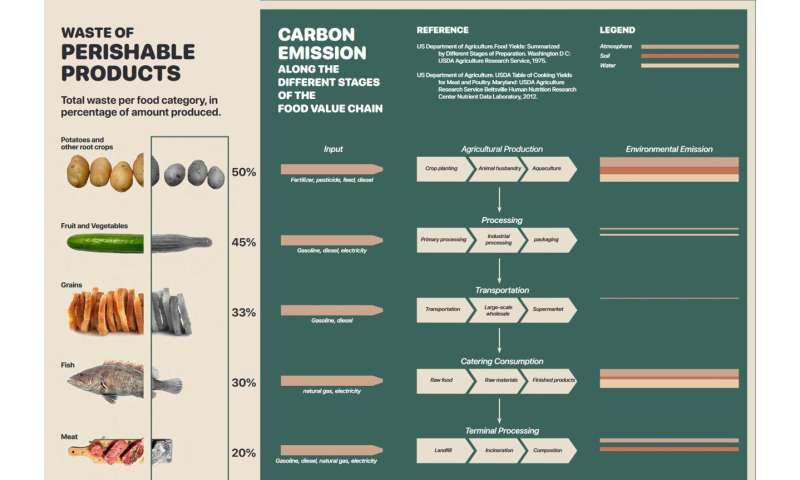
A panel on food waste. Source: Shen X (2024) Magical Foodscape: A Guide to Redesigning Cities Based on Culture, Food and the Built Environment. Advanced Books, Pensoft, Sofia, 1-148. Source: https://doi.org/10.3897/ab.e129204
-
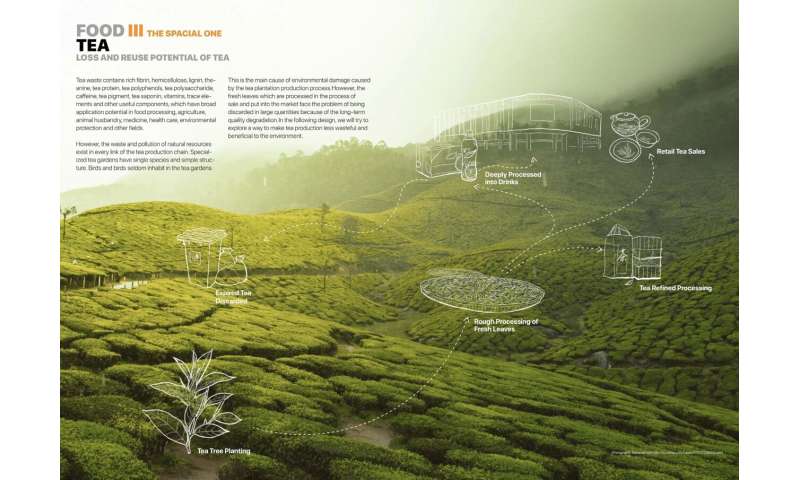
A panel on the loss and reuse potential of tea. Source: Shen X (2024) Magical Foodscape: A Guide to Redesigning Cities Based on Culture, Food and the Built Environment. Advanced Books, Pensoft, Sofia, 1-148. Source: https://doi.org/10.3897/ab.e129204
-
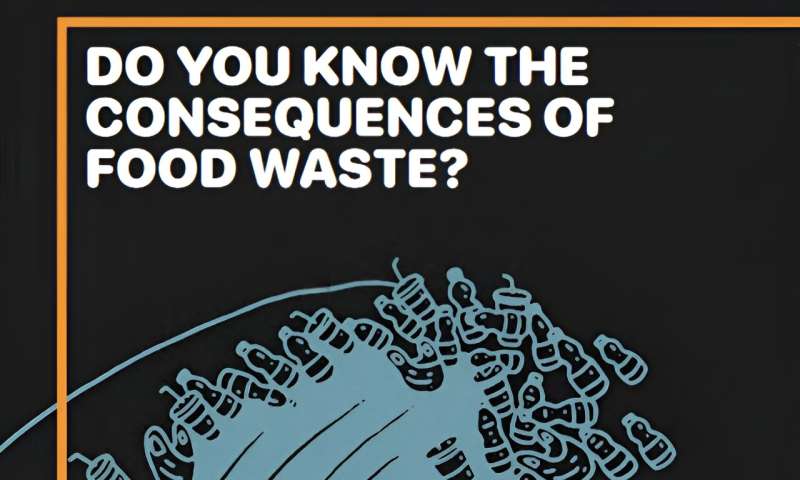
An illustration poster from the book Magical Foodscape: A guide to redesigning cities based on culture, food and the built environment. Source: Shen X (2024) Magical Foodscape: A Guide to Redesigning Cities Based on Culture, Food and the Built Environment. Advanced Books, Pensoft, Sofia, 1-148. Source: https://doi.org/10.3897/ab.e129204
Food as a catalyst for urban development
Magical Foodscape presents food as a necessary element of urban planning. It also shows how food can be used to solve urban problems and optimize the spatial structure of cities.
“We hope that professional planners will rethink the role of food in urban planning and promote the organic integration of city and food in different cities and revitalize the food industry,” Shi concludes.
The research also highlights the link between food and urban resilience, especially in the face of crises such as COVID-19.
More information:
Xiwei Shen, Magical Foodscape: A Guide to Redesigning Cities Based on Culture, Food and the Built Environment, (2024). DOI: 10.3897/ab.e129204
Provided by Pensoft Publishers
Quote: Bridging culture, cuisine and urban planning: New book explores the connections between food and urban spaces (July 12, 2024), accessed July 12, 2024 from https://phys.org/news/2024-07-bridging-culture-cuisine-urban-explores.html
This document is subject to copyright. Except for the purposes of private study or research, no part of it may be reproduced without written permission. The contents are for information purposes only.



